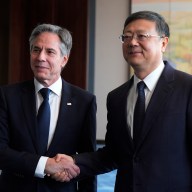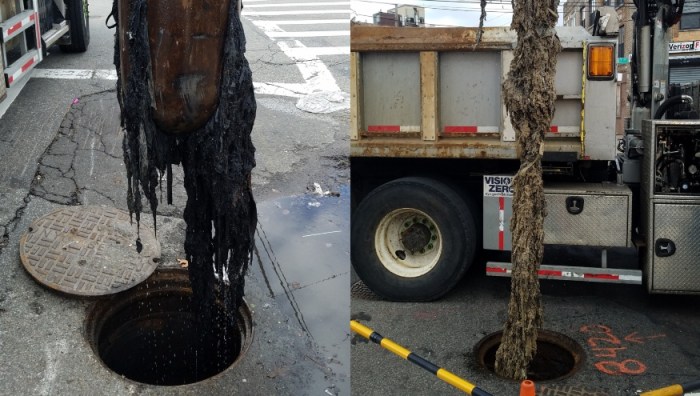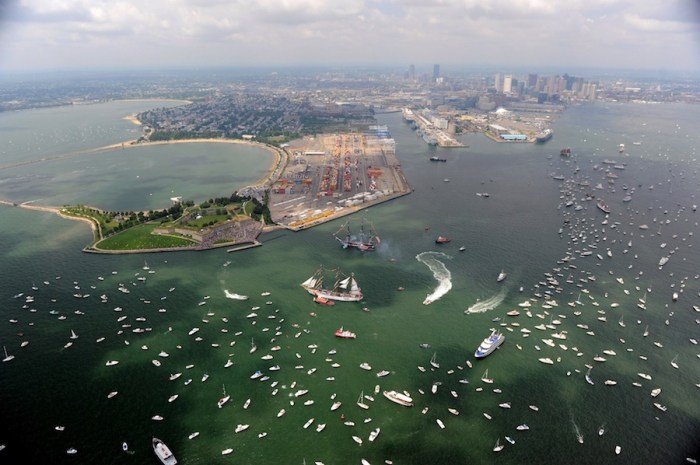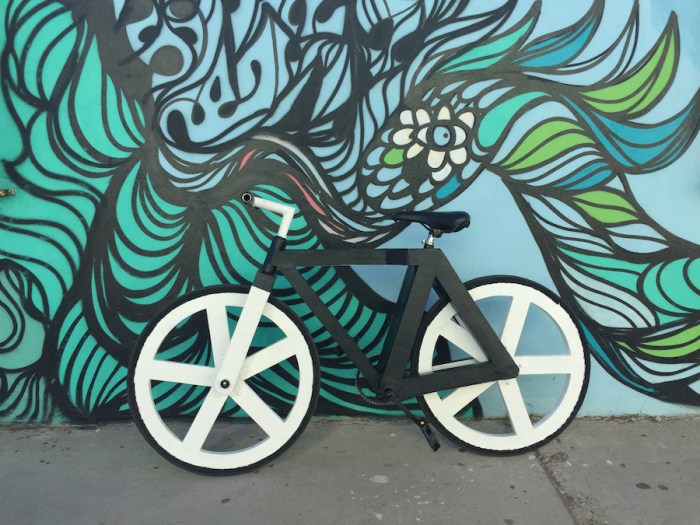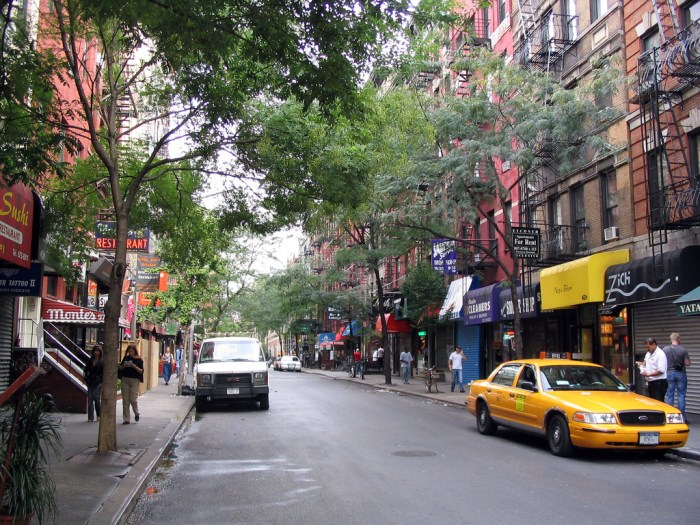Ozone levels in Mexico City have risen well above the maximum threshold recommended by the World Health Organization, forcing the city to declare a number of pollution emergencies throughout 2016. The city has already tightened vehicle restrictions and now it’s trying something new: the development of vertical gardens called ViaVerde. A group of Mexican entrepreneurs, led by architect Fernando Ortiz Monasterio, are converting the columns of the second floor of the Periférico, an elevated viaduct on the beltway, into a green space to help purify the air. Monasterio explains how they intend to make Mexico City cleaner, greener and healthier. What is ViaVerde?
It’s a project that is based on the recovery of green areas in Mexico City. In order to contextualize the city’s current circumstances you need to consider the following: the World Health Organization recommends a minimum of nine square meters of green areas per inhabitant, and in Mexico City we only have 3.7 square meters of green area per inhabitant; that is, we need about 5.3 square meters more, which, multiplied by the inhabitants in the capital of Mexico means we lack more than 30 million square meters of green areas to prevent respiratory diseases and maintain a minimum quality of life. From this situation arises ViaVerde, a project that proposes to transform the columns — numbering over 1,000 — on the second floor of the Periférico, into more than 60 thousand square meters of vertical gardens. This will provide important environmental benefits such as air purification, thermal regulation, acoustic insulation and the transformation of the urban environment. RELATED: New York-based clothing company uses fashion to show the filth in the air Why did you begin this project?
This project is a response to the lack of green areas in Mexico City, combined with the lack of space in this city. Creating parks would be an ideal option to combat the lack of green areas, but that space has been used for homes, offices, schools, shops, etc., and there is little space available, so we propose using the existing infrastructure; the concrete walls will add square meters of greenery to the city. To what extent can this help reduce pollution in a city like Mexico?
We are sure that a single project will not be the solution to air pollution in the capital of Mexico, so this project seeks to join a series of solutions that must be implemented together to change the air quality of the city. Are there any similar projects that have been successful elsewhere in the world?
There are many successful case studies in different countries, especially focused on the recovery of green areas with the implementation of green roofs. As for vertical gardens, this is a project with cutting edge technology created in Mexico — and we believe we can become a world reference because there is no case study that uses vertical urban infrastructure to create new green areas. How does this project’s technology work?
To create ViaVerde we had to develop a technology that currently has a pending patent. It is a hydrophonic system where we do not grow plants in the earth, but in a special textile extract. The construction process is divided into five stages. The first thing we do is set up a structural frame on the columns to ensure that there is no contact between the hydrophone technology and the concrete structure, so we can ensure that the urban infrastructure is never put at risk; after that, we incorporate an insulating material; the third stage includes two layers of a textile substrate (recycled plastic cloth); the fourth stage is a fully automated irrigation system, which irrigates water and nutrients through the columns each night and features a remote monitoring system that allows us to know in real time what the water, light and temperature conditions are of each of the columns. Finally, the fifth stage involves the incorporation of plant material that meets the project’s needs. What is the cost of the project and how will it be financed?
The cost of the project covers three main areas: the implementation of the technology for the vertical gardens; the incorporation of a system to capture rainwater — which will be used to water the plants—and the third is the maintenance of the columns. From these three areas, we have calculated a total investment of 360 million pesos (16 million dollars) approximately. This amount will be financed by private companies in exchange for advertising space on one of every 10 columns. Fortunately we already have a group of businessmen who are interested in sponsoring this project and have already initiated a pilot program with which we installed 19 columns RELATED:Rio’s Olympic air: Dirty, deadly and no cleaner legacy from Games Some critics say it would be better to plant trees rather than have companies advertise on columns. What’s your opinion?
We have a clear awareness that this is a project that does not compete with trees. Our goal is to add more green areas to the city of Mexico. If we need 30 million square meters of green areas, we should look for many similar projects. In regard to the alleged privatization, we can say that the form of funding was determined through a survey in which people decided that private companies should provide resources for the project. I think it is the best way, because this should not be a program that diverts public resources, but one that complements the environmental policies of the government. This project does not privatize public space, because it has a temporary permit with a duration of 10 years. It is not selling public space to a private initiative. Do you seek to bring this project to other countries?
Definitely. We have been fortunate to receive calls from other Latin American countries and German cities. Certainly our goal is to bring this project to many cities worldwide.
—Daniel Casillas








